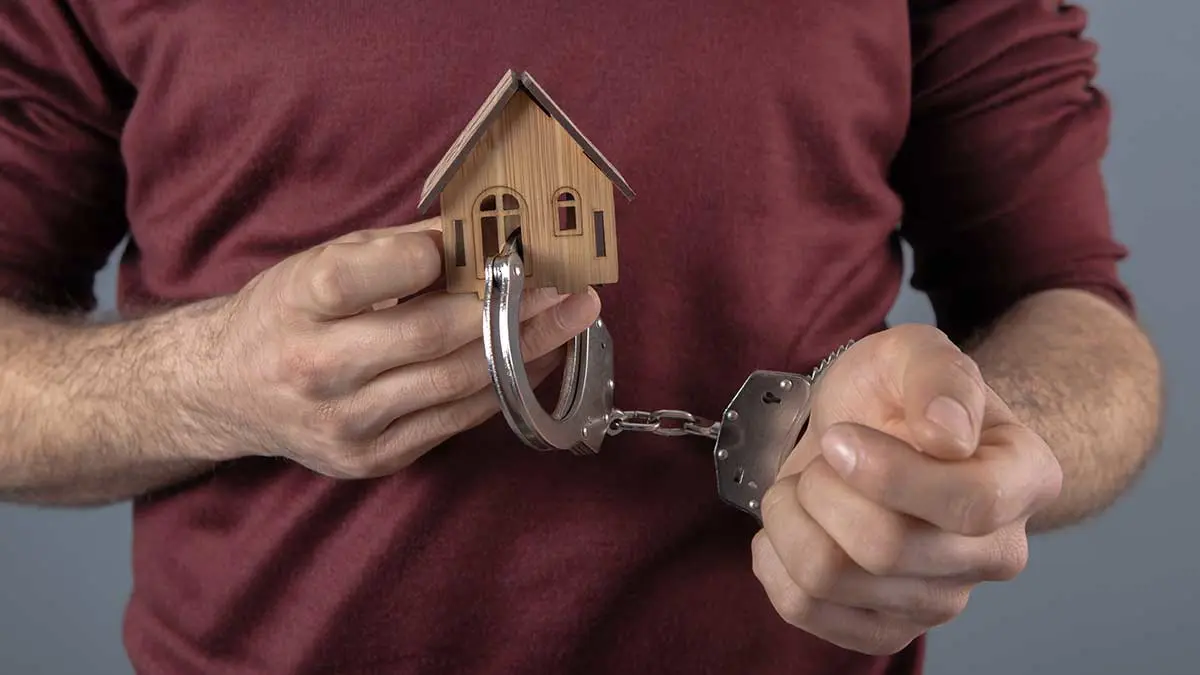Time to read : 4 Minutes
Revealed The States With The Highest Number Of Mortgage Prisoners
Thousands of Australians are trapped in mortgage prison and, after the Reserve Bank of Australia's latest cash rate increase, thousands may well join them.
Compare Club research shows the number of people at risk of becoming mortgage prisoners in Australia has jumped by 42% since the RBA started increasing the cash rate, with New South Wales households struggling the most.
Key points:
The term mortgage prisoner refers to a homeowner who is unable to refinance their home loan and becomes trapped on a high repayment rate, putting their finances under serious pressure.
The top three states with the most most mortgager prisoners are NSW Victoria, and Western Australia.
19% of households in NSW have an LVR of 91% or higher.
Now Compare Club’s data shows the percentage of home loan refinancing enquiries with an LVR (Loan-to-Value Ratio) of 91% or more has grown from 14% in April 2022 to 20% today, suggesting more homeowners are getting caught between rising interest rates and declining property values since the Reserve Bank started raising the cash rate in May last year.
Refinancing enquiries to Compare Club’s mortgage brokers between 1 Nov 2022 and today show that 19% of households in NSW have an LVR of 91% or higher, with Victoria not far behind. In contrast, only 11% of South Australian enquiries have the same level of LVR.
State | % refinance enquiries with 91% LVR |
NSW | 19% |
VIC | 18% |
WA | 17% |
QLD | 15% |
SA | 11% |
LVR measures the value of your property against the size of your loan. Banks use this LVR percentage to assess the risk of your loan, with a higher LVR representing a higher risk of default, and an LVR above 80% often requires the homeowner to pay for Lenders’ Mortgage Insurance (LMI) when they refinance. LMI can run into tens of thousands of dollars, effectively locking the homeowner out of being able to refinance.
“The risk with highly-leveraged loans in a falling property market, is that an Australian’s property’s value can fall below their loan amount, placing them in negative equity,” says Compare Club CEO Lance Goodman.
“Our data shows that the impact of the RBA’s consecutive cash rate hikes combined with a downturn in the property market has really started to kick in for households who, less than 12 months ago, could comfortably service their mortgage.
Limited options for high LVR homeowners
Borrowers in a negative equity situation will find refinancing difficult unless a new bank values their home more highly than their current one. The only other way out is to pour any savings they may have back into their loan to reduce the capital amount.
"What’s particularly galling for these homeowners is they can see better rates and cashback offers from other lenders getting further out of reach,” says Mr Goodman.
Around 800,000 homeowners could be rolling off ultra cheap fixed rates this year. Many of them will be at risk of quickly becoming a prisoner to their mortgage.
How do you avoid mortgage prison?
"It’s vital to be proactive, says Mr Goodman. "Speak to your broker and speak to your lender to see what’s feasible. Most economists think there are more rate rises just around the corner, so it’s important to move quickly."
Even if you do find yourself with a high LVR, don’t lose hope. Brokers and other financial experts may be able to help. Your broker can share tactics you can employ to give yourself a little breathing room.
Disclaimer:
The information contained on this web page is of general nature only and has been prepared without taking into consideration your objectives, needs and financial situation. You should check with a financial professional before making any decisions. Any opinions expressed within an article are those of the author and do not specifically reflect the views of Compare Club Australia Pty Ltd.
